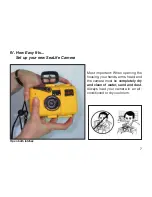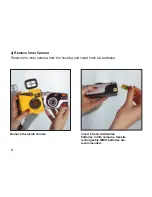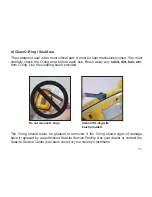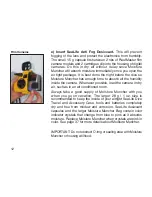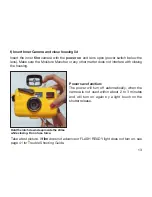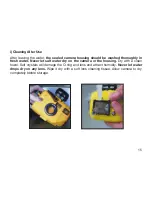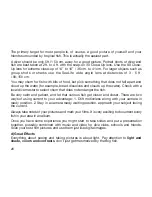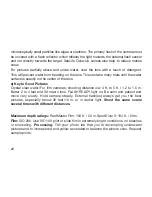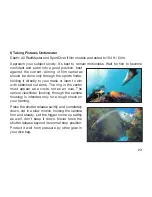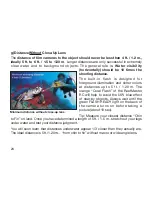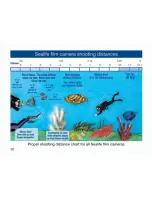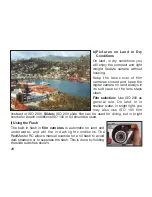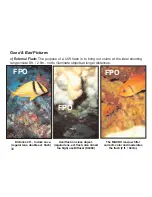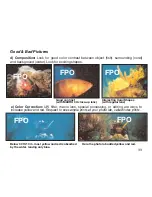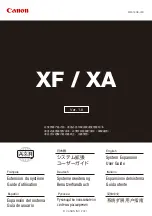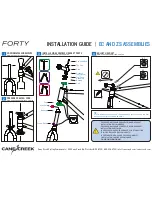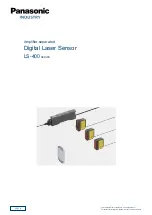
21
Your best colors and effects will be where the sun still penetrates the water: Dive or
snorkel at a
vertical sun from 10 am to 2 pm in a depth not greater than 25 ft. / 8 m.
Each depth and light condition has its own attraction. Experiment and capture different
effects at different depths and scenes.
In crystal clear tropical waters
you will get great
turquoise water colors to a depth of 20 ft. / 7 m., then an intense blue, and a wonderful
deep blue beyond 40 ft. / 12 m. In the SeaLife ReefMaster RC film camera the built-in
“Coral Flash” will intensify red and yellow colors of close objects (4 ft. to 6 ft. / 1.2 m. to
1.8 m.) and leave the blue background untouched. Color corrected macro lenses will
intensify the warm colors (red and yellow) even more and moderate the flash.
Look for
rich color contrasts
. Use the Sealife External Flash to add color and brightness.
To really illuminate coral or any area further than 5 ft., you cannot just increase the power of
your flash, but you must position one or two external flashes sideways of your lens and
direct it at an angle of 20 to 30 degrees at the object. If the water is not as clear as you may
wish, choose closer objects. Use 1 flash for high contrast, and two for even illumination and
rich colors. The 3X Close-Up lens can be used for distances of 2 ft. to 4 ft. / 60 cm. to
1.2 m., the 8X Close-Up lens for 14” to 16”/35cm. to 40cm., the 16X Close-Up for 8” to 9”.
Just a black
silhouette against the bright water surface
can make a dramatic shot.
A “halo” effect can be created by the sun or a light source behind a person or a sea creature.
In bright conditions on land or in snorkeling use ISO 100 print film or ISO 64 for slides.
An external
strobe
will also reduce “marine snow”, caused by the flash hitting

